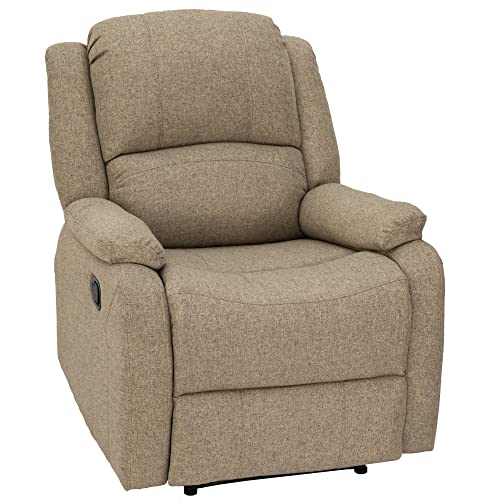highdesertranger
R.I.P HDR
- Joined
- Apr 4, 2012
- Messages
- 22,892
- Reaction score
- 92
so let me take a shot at this. a radiator can not cool water below ambient air temp because there is no evaporation going on it's sealed. once the water reaches ambient temp the is no more cooling going on the air blowing across the radiator is the same as ambient. in fact running water though a radiator would raise the temp of the water faster than if not run tough a radiator. this is all basic physics and a simple experiment with a thermometer will prove it. off grid whoever told you that running water though a radiator would cool the water below the ambient temp is just plain wrong. a radiator will cool water down to ambient and no more. a radiator works in a car because you are taking water that's 200+ and bringing the temp down to closer to ambient temp. this is not evaporation but convection the water can never go below the ambient air temp because nothing is added or taken away to bring the temp down. with all due respect you are starting to sound like the global warming people. highdesertranger









































































